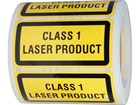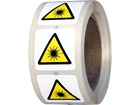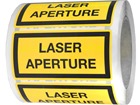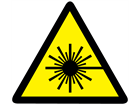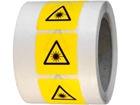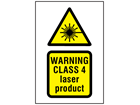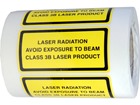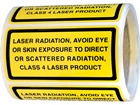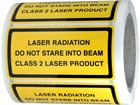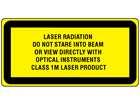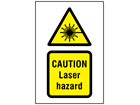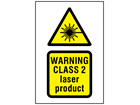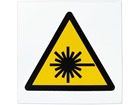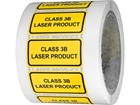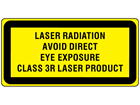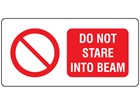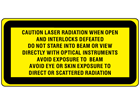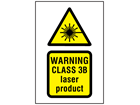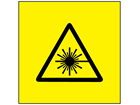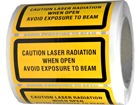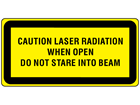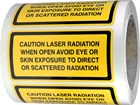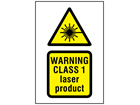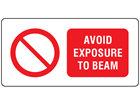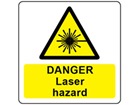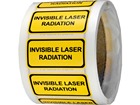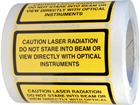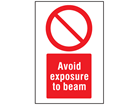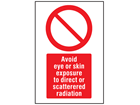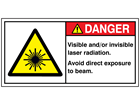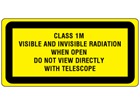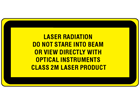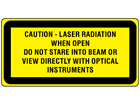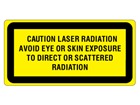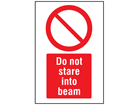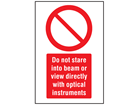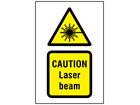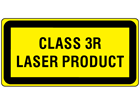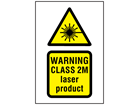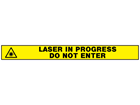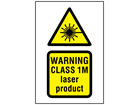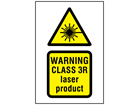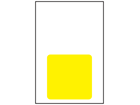More Information:
British Standards has the following classifications covering the varying degrees of potential health risks to equipment users.
Class1 - The lowest level of risk, where the output laser power is below the level to cause eye damage, and this includes direct intrabeam viewing or if using optical viewing.
Class 1C - These are for products for use directly with skin contact or other tissues (with the exception of eye contact), eg. hair removal equipment. Any potential eye damage is prevented by engineering means.
Class 1M - These products produce laser beams with large diameters, where only a small part of the whole beam can enter the eye. Safe for use by the naked eye, but can be harmful if viewed using a magnifying optical instrument.
Class 2 - These have a limited output power of 1mW (milliwatt), with the beam wavelength of between 400 and 700nm. Eye damage is usually prevented by blinking or averting the eye from exposure. Products in this category include some commercial laser or barcode scanners.
Class 2M - These are products with a large diameter beam in the wavelength pf between 400 to 700nm. Again, the whole laser beam would not enter the eye, although magnifying optical instruments greatly increase the risk of damage to the eye.
Class 3R - Higher powered devices, with a maximum power of 5MW, which can cause eye injuries by direct viewing, although this is unlikely to be extensive for short term exposure. Examples of products include laser pointers and some measuring/alignment instruments.
Class 3B - Laser powered products with output power of up to 500mW. Eye injuries can be caused by direct viewing of the beam, or from reflections. The level of eye damage is dependent on the level of radiant power, and the exposure time. Other risks include injuries to skin, or as a source of ignition of flammable materials. Examples of Class 3B products include medical and physiotherapy equipment.
Class 4 - Lasers with an output exceeding 500mW. These can cause severe injury to both skin and eyes from direct exposure or reflections, electrocution from high voltages, chemical exposure from laser dyes or gases, and can represent a fire hazard. These include laser surgery, military, industrial, scientific research and laser cutting equipment.

